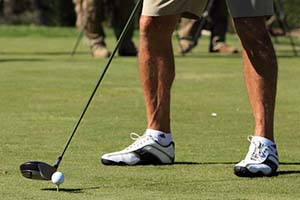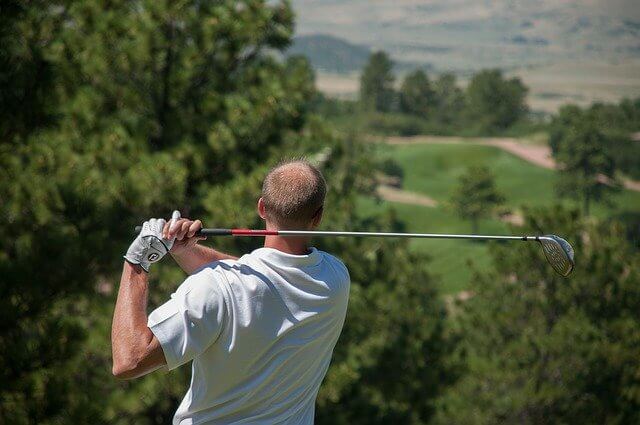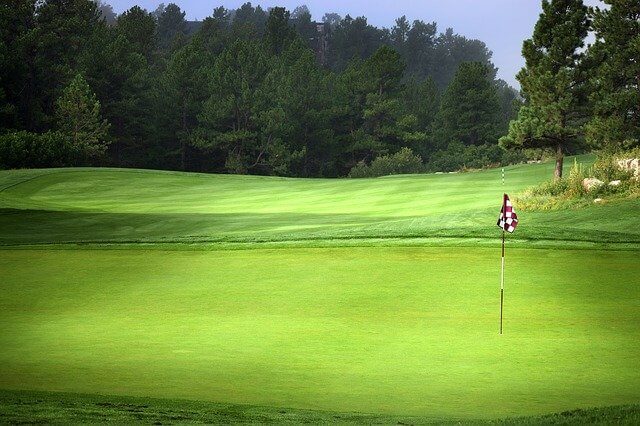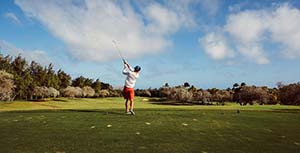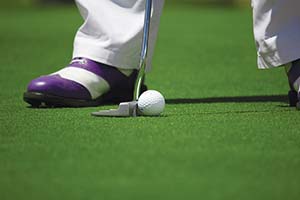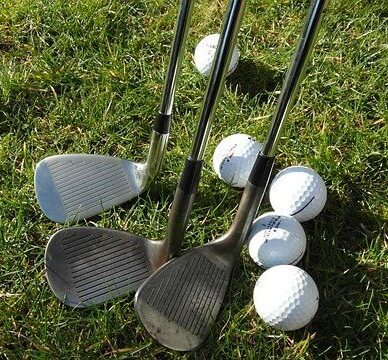This seasoned ‘PFe’ (Airport Transport Pilot, Flight Engineer) has thought about this flying term on many occasions over the decades of ‘Left Seat’ or ‘Pilot In Command’.
Let us stay with aviation for another moment? If an airplane has a ‘High Vertical Descent Rate’ (1000’s of Feet Per Minute Straight Down), upon striking Mother Earth, the damage and debris field are relatively confined. Alternately, if the ‘Descending Flight Path’ is relatively flat, the damage and Debris Field will be protracted or cause damage for an extended crash scene … the difference between a few hundred and several thousands of feet. Another aviation example is a ‘Shallow High Speed Low Approach’ (strafing) and a ‘Steep Dive Bombing’ mission.
Now let’s shift to golf? Your ‘Vertical Descent’ produces ‘Under-Spin’. Think benefits!
Attack Of Angle in Short and Approach Game involves your short sticks … Wedges and perhaps the #8 (40 Degrees Of Loft) and #9 Irons. (44 Degrees of Loft). Your Pitching (48), Gap (52), Sand (56), Lob (60) and Xtreme Wedges (64 Degrees Of Loft). (see ‘Bounce’)
The advantage of a shallower angle of attack is that the ‘Divot Size and Shape’ will be perhaps longer entry to exit end. (see ‘Fairway Metals’) The club goes through less grass, end to end, with the shallower approach angle. A steeper Angle Of Attack is an advantage when the grass is longer and thicker. You struggle to dig the ball out with a III Wood vs your #SW. (see ‘Bounce’)
AOA directly affects ‘Ground Contact Point’ as well as ‘Depth Of Penetration’. Your longer. Less Lofted Clubs (perhaps especially your Fairway Metals), again will be different than your ‘Wedges’. As you know, our ideal ‘Divot’ is taken in front of the ball, after it has departed the ‘Speeding Sweet Spot of the Clubface’. The steeply approaching Wedge will tend to strike almost directly under the ‘Golf Ball’s South Pole’. You have seen the Tour Players ‘Beaver Pelt Divots’. Takes two hands to pick-up and carry back to the scene of the accident!
The caddie has to earn his keep?


